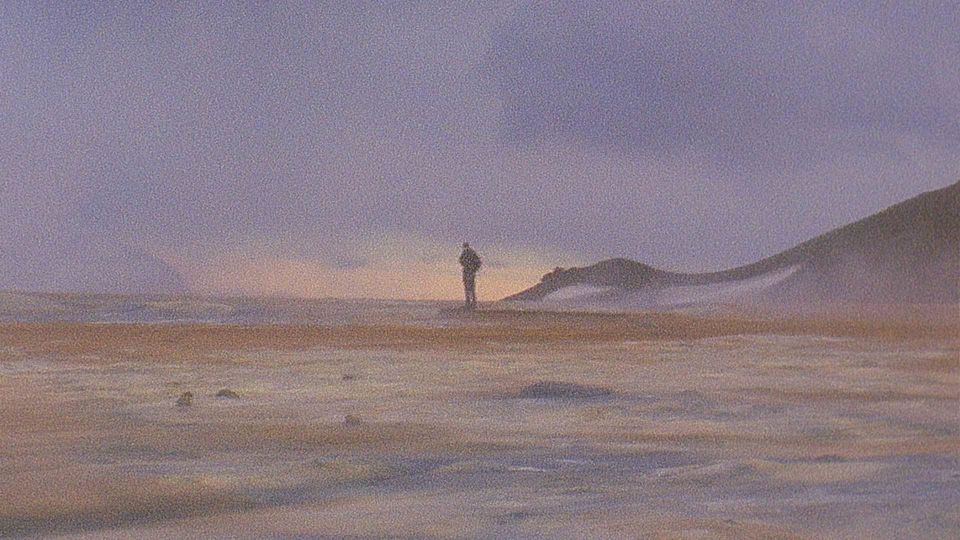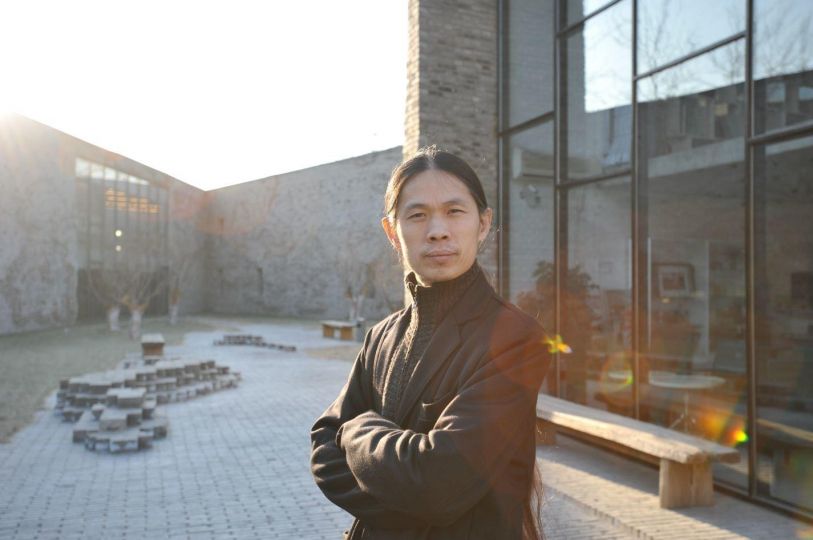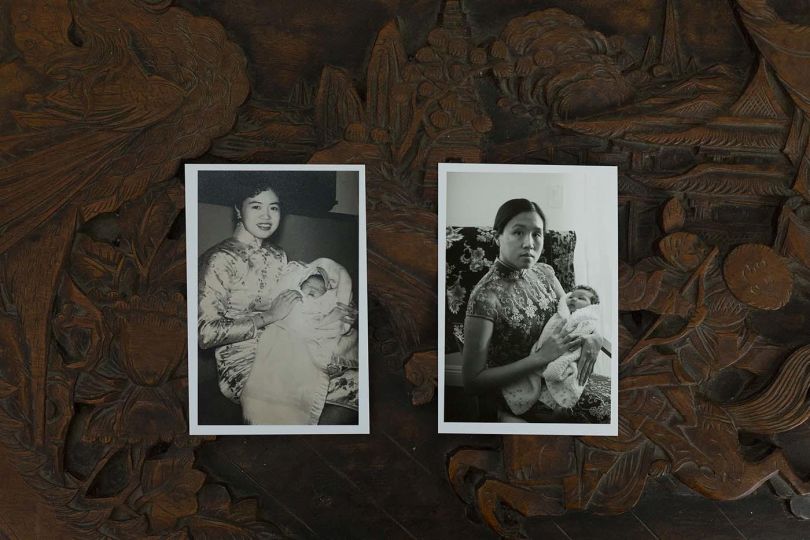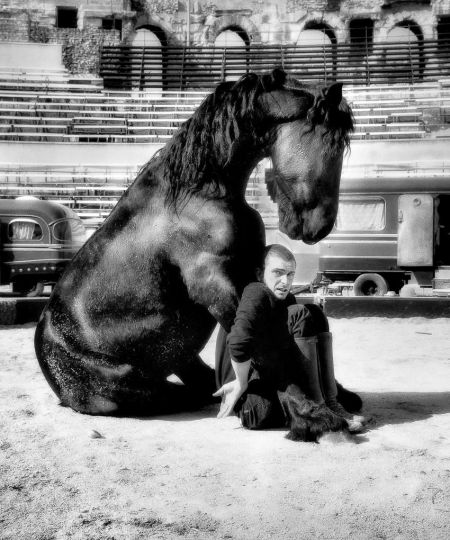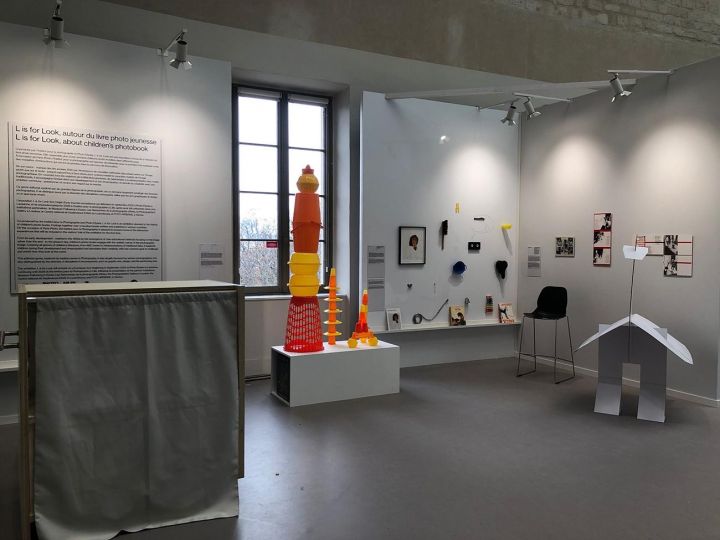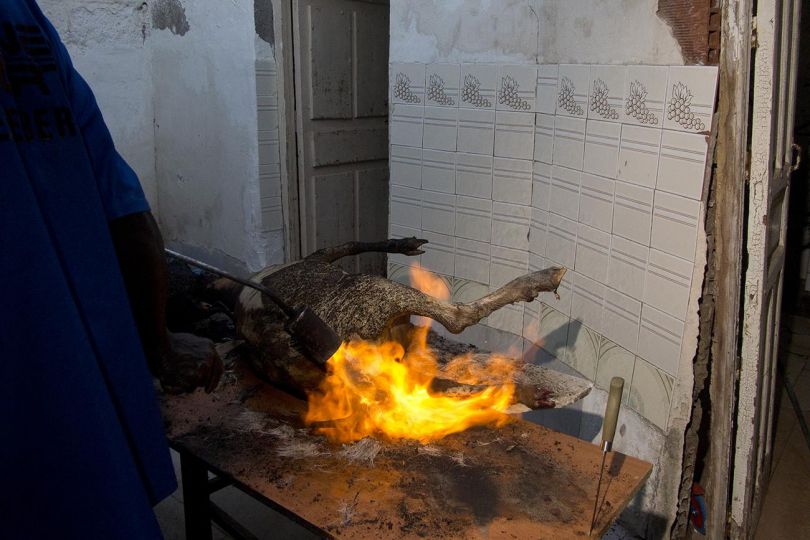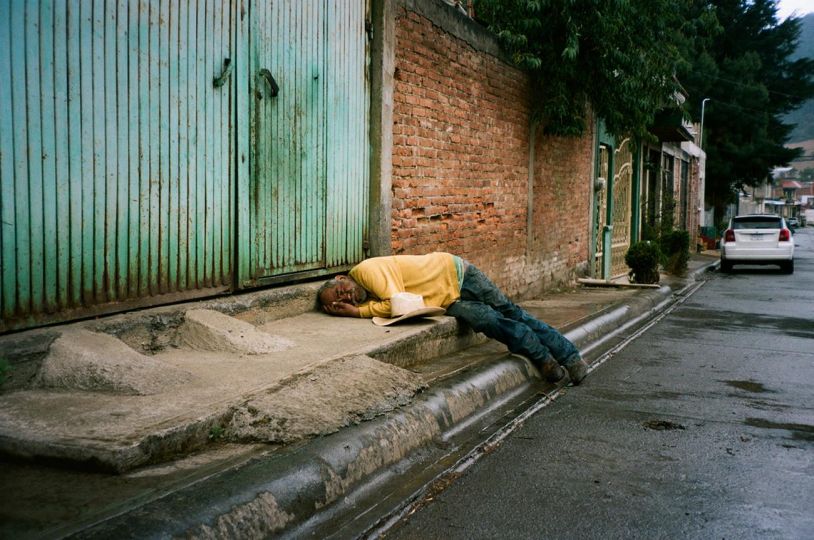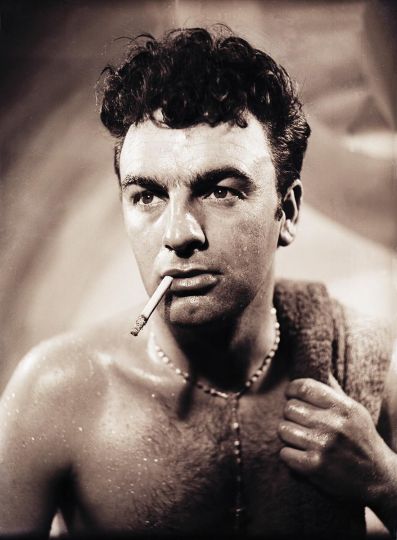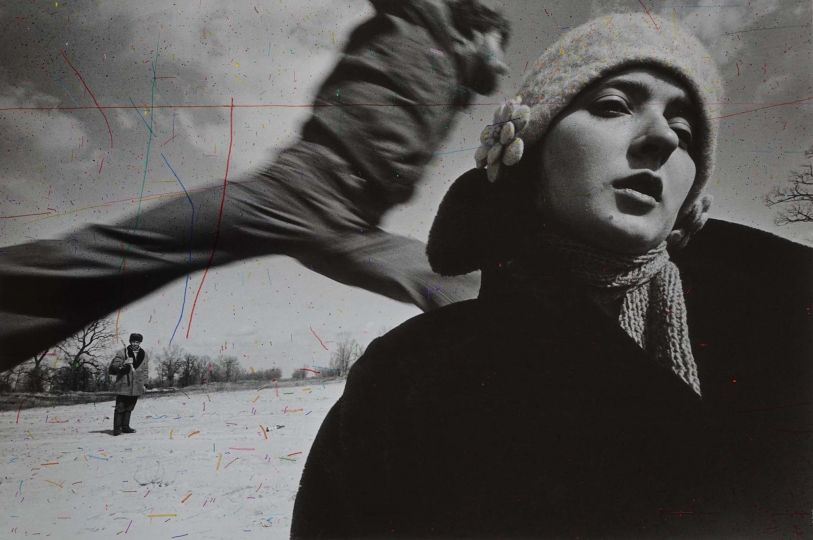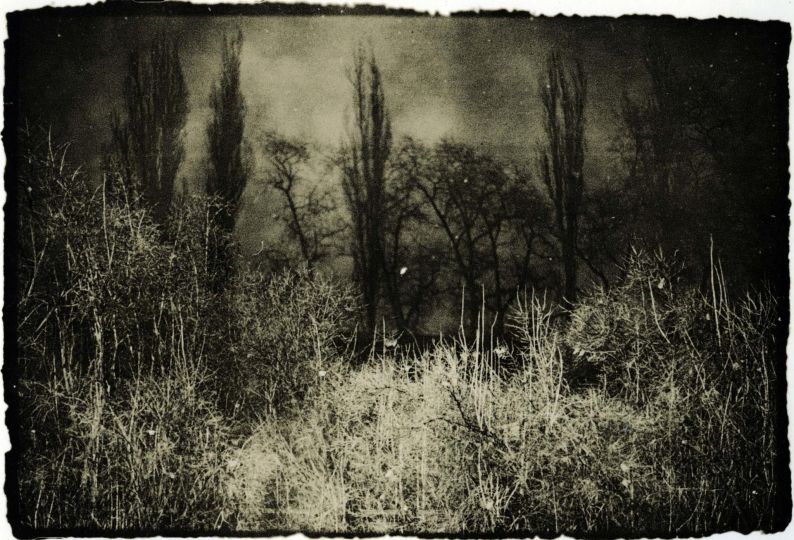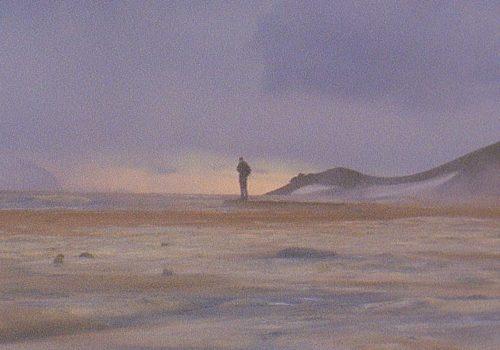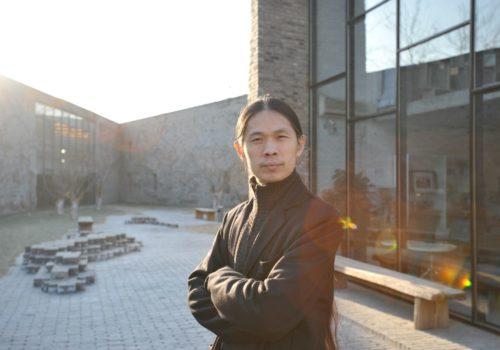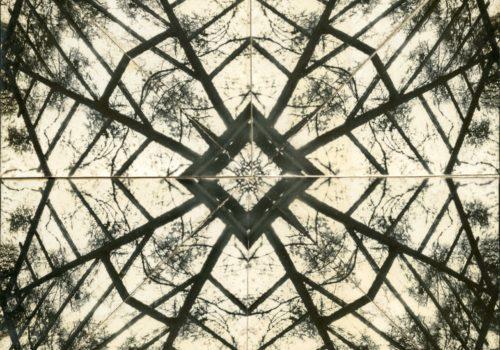This second edition of the Biennale of Contemporary Arab World Photography extends the first by spotlighting artists who are developing an original, personal vision of the contemporary Arab world. The way the artists represent it may at first sight seem poetic and deeply informed by aesthetic concerns. These photographs are far removed from the violent, numbing, not to say stifling, images that populate media coverage of numerous destabilized or conflict-ridden territories in the region. Media images are, for the most part, snapshots responding to the urgency of the moment and transmitted, we must remember, by reporters who often risk their lives. By contrast, the artists featured in the Biennale step away, in terms of time and space, from the turmoil of daily news. That distance, or apparent neglect, is, however, no doubt only a surface impression; for there is something that continues to bring them back to fragments of reality, be it social, cultural, or historical, and they refer to it indirectly, in a more or less roundabout way. Their symbolic or imaginary universe is constructed, to a greater or lesser extent, on the basis of reality, and it is the gaps and misalignments that lend their photographic project its substance and originality. And this is also how the artists invite us to interpret their work.
Seen through the prism of the works showcased at the Biennale, the Arab world doesn’t at all resemble the world documented by late-nineteenth-century photographers, motivated essentially by archeological considerations and driven by a love of exploration; their testimony has become a precious resource now that we know the fate of historical landmarks and landscapes which have become targets of barbarity. The world of the Biennale photographers, in turn, emerges in all its complexity. It is difficult to assess its exact identity: “Arab identity, needless to say, is today multiple and anchored in territories that are in constant flux,” writes Jean-Luc Monterosso in the Biennale catalog. The artists are clearly operating outside the stereotypes and thus respond to the desire expressed by Jack Lang, “to leave behind the most hackneyed stereotypes about the Arab world and reveal its hidden realities […]: photography remains a vehicle for unparalleled insights into the formidable upheavals that, again and again, have transformed the Arab world” [extract from the catalog]. Can these photographers reveal something we don’t already know?
As it turns out, all these artists show great freedom in their use of established genres and approaches that normally preclude certain types of subjects or even speaking in the first person. They follow tendencies characteristic of contemporary photography: they eliminate the barrier between documentary and artistic attitudes, examine the present from a historical perspective, or project themselves into the future, like “peoples that mind their future by mending their present” (Jean-Luc Monterosso). This is how artists of Arab origin combine their visual and conceptual practice with the Western approaches, even while working on issues specific to their creative territory.
Gabriel Bauret
Gabriel Bauret is a writer and exhibition curator in Paris. The present text is an excerpt from the catalog to the Second edition of the Biennale of Contemporary Arab World Photography published by Silvana Editoriale. The images accompanying this article at The Eye of Photography have been selected to foreground the work of women artists whose presence is particularly compelling. There are fifteen women among the fifty invited artists.
Biennale of Contemporary Arab World Photography
September 13 to November 12, 2017
Institut du Monde Arabe – Maison Européenne de la Photographie – Cité Internationale des Arts – Mairie du 4e arrondissement – Galerie Binome – Galerie Clémentine de la Féronnière – Galerie Photo12 – Galerie Thierry Marlat.
Paris, France
http://biennalephotomondearabe.com/


